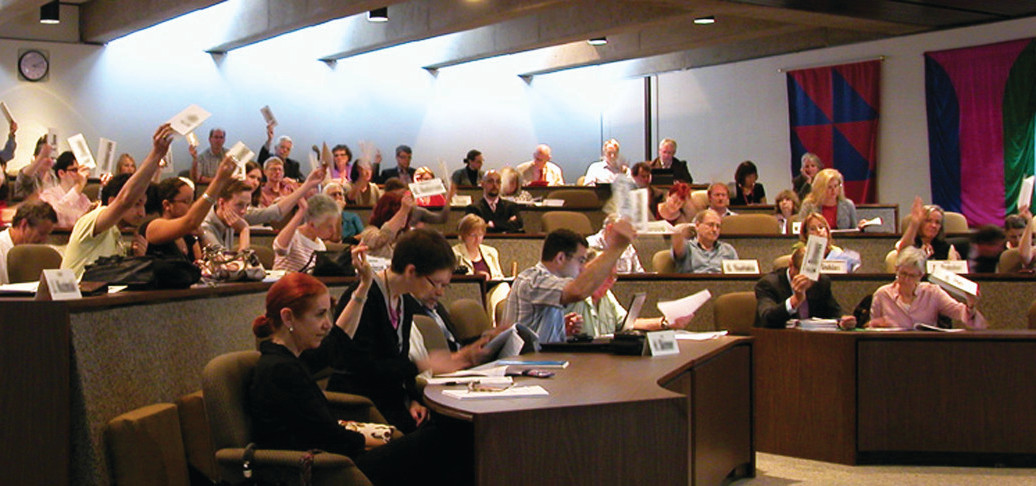Dennis Bayazitov | Assistant News Editor
Featured image: After being shortened to two days in prior years, a full-week reading week has been reinstated. | Courtesy of YFile
At the latest York Senate meeting, the York Federation of Students’ (YFS) proposal for a full-week reading week for students was passed. Instead of two fall co-curricular days, which was offered this year, reading week will now be scheduled for a total of four days, those following Thanksgiving Monday, beginning in the 2018-2019 academic year.
The fall 2018 reading week will be scheduled from October 8 to 12. York will remain open, but classes will not be operating.
“The largest advantage is that students are now able to use this time as they see fit: whether it be to take care of themselves, study, or work,” comments YFS President Rawan Habib.
“In previous conversations YFS had with the administration, the main argument that has been used is that a full fall reading week wasn’t academically beneficial to students, as it fell earlier on in the semester.
“As a result, the mental health of students on this campus was sacrificed, as they were no longer given the full break that they needed and deserved.”
This new structure is the way reading week was originally organized in the past. In previous years, it was reduced to two days. In re-adding these two days, York Orientation programming will now be shortened from two days to one. Students in certain years will not have a university-wide study day; however, all students will still receive one exam-free day after fall classes end.
At the meeting, several York senators had the chance to address the board regarding the proposal.
“I just want to point out to the Senate that the original fall break was exactly like what is now proposed,” voiced Senator Leslie Sanders, a Humanities professor.
“It was changed because it was not deemed useful, because it is still so early in term, where students have not yet been assigned any major projects. They are barely through a third of the semester course.
“I understand the logistics, but this is exactly what we moved away from some years ago.”
Senator Marshall McCall posed an additional question. “Despite what the Registrar’s Office says, experience dictates that it’s almost guaranteed that there will be students who do not have a one-day gap between classes and exams, even though there are 46,000 possibilities,” he mentioned.
“My question is—what should students do?”
Senator Habbiba Ahmed, Vice President of Advocacy with York United Black Students’ Alliance, included several statistics in her own address.
“Eleven per cent of our students have contemplated suicide,” she said. “Forty-eight per cent have felt so depressed they could not function, and 6.8 per cent have felt an overwhelming amount of anxiety this year.”
Habib built on Ahmed’s points before the proposal was passed by a clear majority in the Senate.
“When we’re looking at our Counselling and Disability Services offices, they’re overcapacity for a reason,” she said. “It’s because our students need support, and they’re not able to access that support, because they don’t have time to access it.”
This decision to pass came at a time when several fellow Ontario universities have begun to adopt full-week reading week models as of 2016 and 2017, including U of T, Ryerson, Brock, Western, and many others.
The College President’s Association and Student Representatives Roundtable Committee were both in support, on top of already overwhelming student loyalty.
“I wanted to draw the Senate’s attention to student support for this—which has been known—to underline the Registrar’s point about our teaching practices,” said Senator Kim Michasiw, a Writing professor.
“I do think that if we have a fall term reading week, those of us who teach semester courses are sufficiently inventive that we can make that break work for us.”


